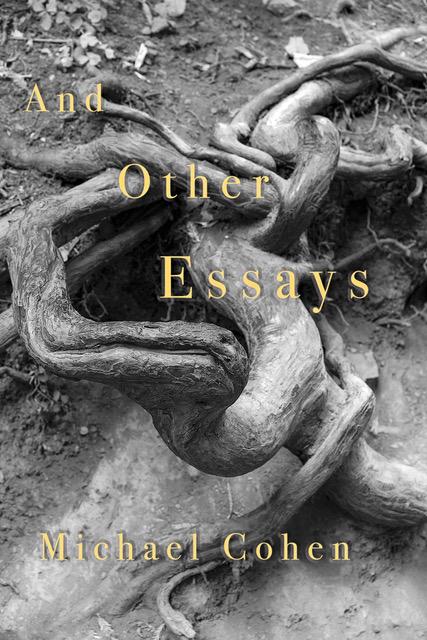When I was twenty years old, I briefly met Mandy Rice-Davies, who was performing a quite chaste act in an Istanbul night club. Between sets I introduced myself and we chatted for a couple of minutes. I didn’t mention the Profumo affair of the previous year—that would have been too gauche even for me and even at that age. The books and the movie about the Profumo scandal made over the next decades were trash that failed in capturing any real interest in the story. But in 1994, Peter Dickinson wrote a book called The Yellow Room Conspiracy which transcended—even though it was obviously inspired by—the sordid British government scandal of the Foreign Office secretary John Profumo sharing a mistress with a Russian military attaché, call girls hired to service rich businessmen and politicians, the shady Dr. Stephen Ward and his stable of girls for hire, and so on.
Peter Dickinson is an author whose books are often mentioned as among the top mysteries of the twentieth century, especially The Poison Oracle and The Glass-sided Ants’ Nest. But his fifty books are in a variety of genres, including children’s stories, and he doesn’t repeat himself. The Yellow Room Conspiracy is another unique production. Dickinson recognizes that the interest of the story is not with the principals, and so he concentrates on the foreign secretary’s beautiful wife, whom he calls Lucy, and a man—he calls him Paul—who was at the very fringes of the scandal. Paul has loved Lucy since he first met her (and her four sisters) at their huge, ramshackle country house. The sisters’ attachment to the house, called Blatchards, and their bond with each other become active characters in the book.
Paul and Lucy tell the story in alternating chapters. Both are old and near death, and each thinks, until they urge one another to get the story down on tape and paper, that the other had something to do with the death of the man who first brought them together. This man, who was married to another of the sisters, died at Blatchards of gas poisoning just before the explosion that destroyed the house.
The death at Blatchards is only one small part of the mystery surrounding these characters, a mystery that goes back to spy activities during the war and includes, over the decades, not only the five sisters but also nine men who were husbands or lovers of the five. The death at Blatchards, though it’s not definitively solved by the combined accounts of Paul and Lucy, is illuminated enough to let readers confirm their own guesses—or to decide they’ve been wrong. This slight open-endedness is one of many features making The Yellow Room Conspiracy unique.
